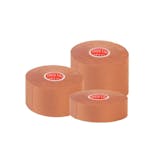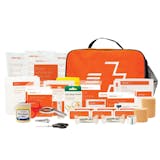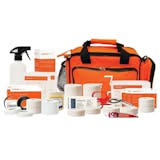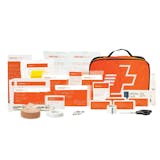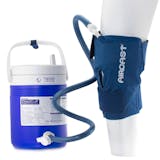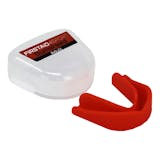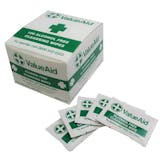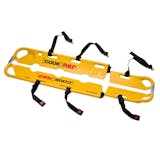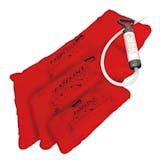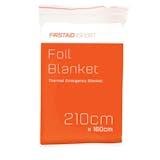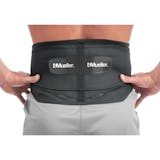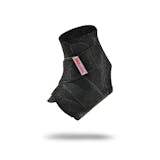Rugby World Cup High Tackle & Shoulder Charge Rules Explained
So far in the 2019 Rugby World Cup there has already been three red cards handed out, two for high tackles. As well as Australian winger Reece Hodge being handed a three week ban for his high tackle during the Wallabies 39-21 victory over Fiji. Injuries are common in Rugby which is no surprise with the amount of physical contact involved in the game. However, bosses are keen to keep players as safe as possible on the pitch. Meaning the high-tackle law has undergone some changes. Thanks to the new rules in place USA flanker John Quill was dismissed after his reckless challenge on England captain Owen Farrell, after referee Nic Berry consulted with the Television Match Officials. Uruguay hooker Facundo Gattas was also dismissed by referee Wayne Barnes for a no-arms high tackle in the final few minutes of Uruguay’s 33-7 defeat against Georgia. What is the new rugby high tackle/shoulder charge law? Concussion is an ever-increasing worry across all forms of contact sport, but especially in rugby but ahead of the World Cup rules have been enforced to help minimise the risk to players, specifically regarding dangerous high tackles. The leniency on high tackles has changed and a new framework has been put in place to help referees decide whether to award a red card, yellow card or a penalty. Referees are approved to penalise or issue a card for any play he deems dangerous, under law 9.11: "Players must not do anything that is reckless or dangerous to others." However, due to the new rules being enforced throughout the tournament all red cards given for high tackles and shoulder charges will be revised and verified by the television match officials. Red Card So, what exactly sanctions a referee handing out a red card at the 2019 Rugby World Cup:
- A shoulder charge (no arms tackle) direct to the head or neck of the ball carrier.
- A high tackle with first contact from the tackler’s arm, direct to the ball carrier’s head or neck, with a high degree of danger.
- A high tackle with any contact between the tackler’s shoulder or head and the ball carriers head or neck, with a high degree of danger.
Yellow Card A yellow card can be handed out for contact to the ball carrier’s head or neck but will still depend on the degree of danger in the tackle. A yellow card can also be handed out for challenges that do not directly contact the ball carrier’s head or neck.
- A shoulder charge to the body.
- A tackle with a high degree of danger which isn't on the head or neck.
- A high tackle with any contact between the tackler’s shoulder or head and the ball carrier’s head or neck, with a low degree of danger.
- A high tackle with first contact from the tackler’s arm, direct to the ball carrier’s head or neck with low degree of danger.
- A high tackle with first contact from the tackler’s arm, which starts elsewhere on the body and then slips or moves up to the ball carrier’s head or neck.
Penalty A penalty is the most common disciplinary action in rugby and can be awarded for the following:
- Shoulder charge to the body (no head or neck contact), with low degree of danger
- High tackle with first contact from the tackler’s arm, which starts elsewhere on the body and then slips or moves up to the ball carrier’s head or neck.
- A high tackle with first contact above or over the shoulder of the ball carrier, but without contact to the head or neck of the ball carrier during the execution of the tackle.


